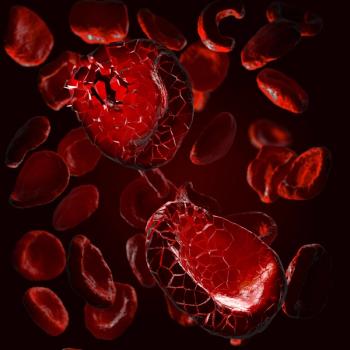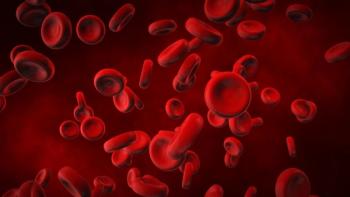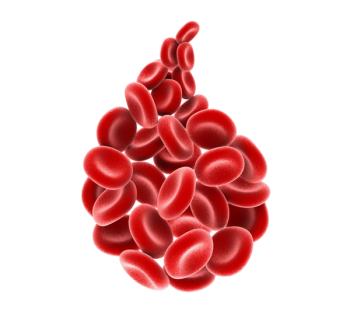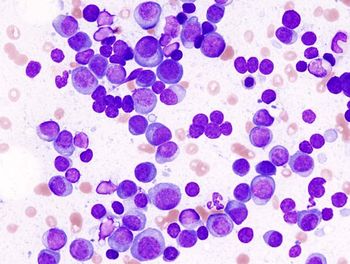
Examining the Full Scope of Future Advancements in Radiation Oncology
The 3 most likely directions of radiotherapy advancements come from new technology, combinations with immunotherapy, and the incorporation of particle therapy.
Pat Price, MD, MA, FRCR, FRCP, a leading contributor to a report on the current landscape of radiotherapy in cancer care, which was recently published around the time of the
Though radiotherapy has rapidly advanced in the 21st century, more advancements are necessary to make the modality available and more efficacious for more patients. The 3 avenues of growth Price highlighted were the development of new technologies, combinations with immunotherapy, and radioimmunotherapy, or the compounds that are attached to radiation.
Further, she added that unlike drug therapies, radiotherapy is already proven to be curative. It was not invented but discovered, and it is the job of researchers and care providers to find ways to supplement it with engineering or physics so that it is used to its utmost potential.
Price is a visiting professor of oncology at Imperial College London in the United Kingdom, the chair of Radiotherapy UK, and the cofounder and chair of the Global Coalition for Radiotherapy.
Read the full report here:
Transcript:
What are the most promising avenues for future radiotherapy advancements?
There are 3 directions. There’s more technology to come, and we are looking toward industry to develop those with even more precision and [utilize] the technology in different ways. We have flash techniques about different dose rates. We also have some particle therapy [in development]; I am working on a project myself with heavy ions about slightly different cell kills. We also have the interaction with immunotherapy to explore more and research about how that is [occurring]. Then, of course, we have the radioimmunotherapy—the compounds that have radiation attached to them. How do they work with the external beam?
There is a lot of exciting stuff, and we have got to [return] to our initial thought: It is not like drug treatment, where we have to develop and make a drug that will work. Aren’t we lucky? Radiation kills cancer. This is it. We did not invent radiation. It was given to us; it was there. It is our job to find clever ways of using physics, engineering, software, and thinking to make it cure more cancers, save more lives, and give people better lives. That’s the challenge, but [there’s a] great future for radiotherapy.
Reference
Precision Targeting, Global Impact: Cancer Radiotherapy in the 21st Century. AboutAdaptive. 2025. Accessed October 6, 2025. https://tinyurl.com/4rah5v6k
Newsletter
Stay up to date on recent advances in the multidisciplinary approach to cancer.

















































































